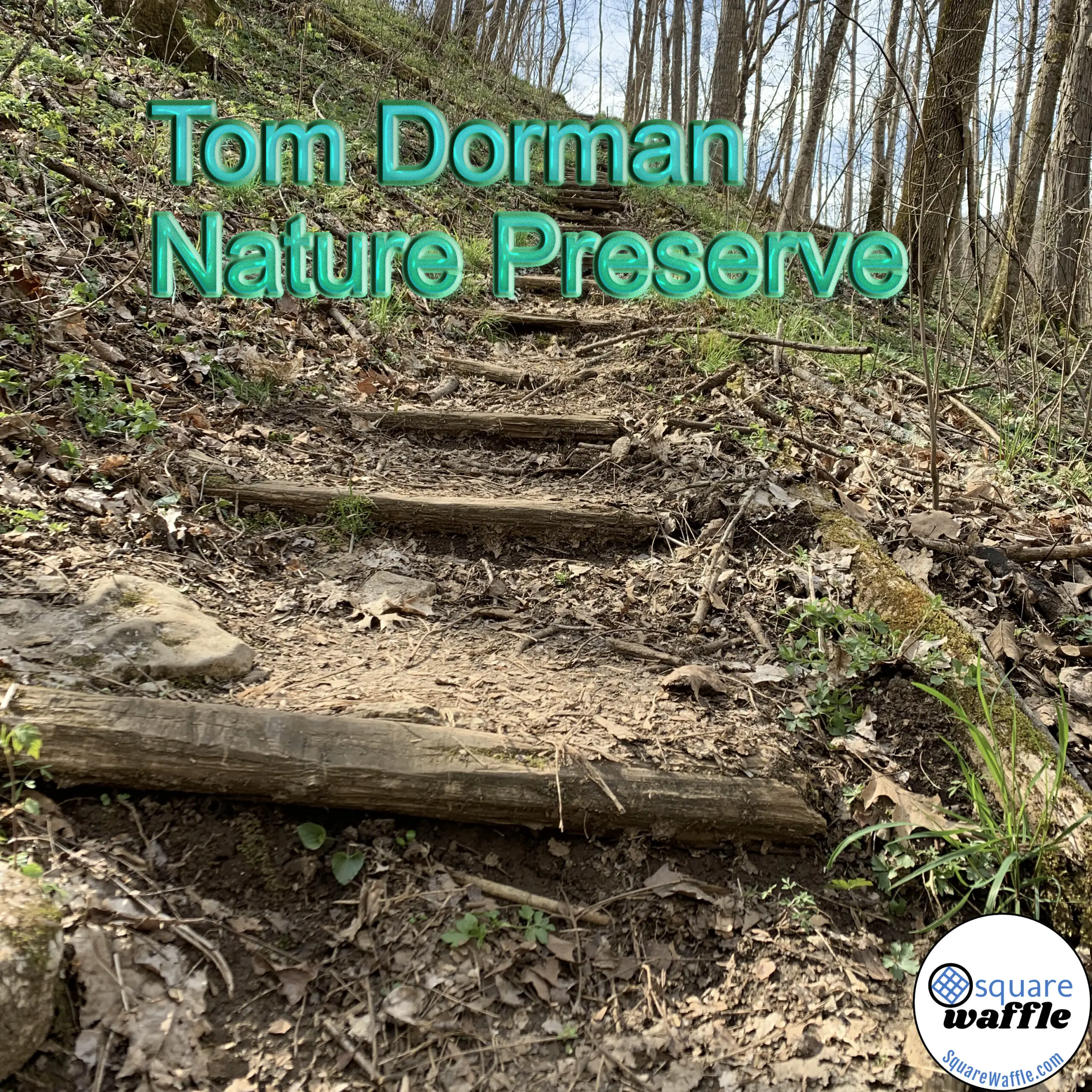The Western Loop
A trip out west to escape life.
Imagine being out on the open road surrounded by breathtaking landscapes and beautiful weather. Imagine no sounds of a busy city, dogs barking, or people blowing their horns. This is precisely what we experienced on an impromptu trip out west in July of 2020, for the western loop.
Before anyone questions what we were doing traveling during a pandemic, I assure you we took all the necessary precautions. We were tested before and after the trip. We wore a facemask on the plane, through airports, in hotels, and anywhere else there were people. Having said that, you would be hard-pressed to find anyone around during our five-state loop that both began and ended in Montana.
Full disclosure, our budget included free frequent flyer miles and free hotel points, both of which were given to us by a family member. Our most expensive treat to ourselves was staying at a lodge adjacent to Old Faithful (one night at $350). Between food, gas, and park admissions, our total expenses came in right around $650 for a five-day trip that included a 1,200-mile loop through Montana, Idaho, Wyoming, Nebraska and South Dakota, returning to Bozeman to catch our flight home.
Normally, I would skip over airports as part of an itinerary, but the airport in Bozeman, Montana, provided a breathtaking view of several mountain ranges and the Gallatin Valley. It may have been the first time I snapped pictures from an airport.
Our itinerary included the following:
1. Bozeman to Yellowstone via Idaho

There were two possible routes from Bozeman to Yellowstone in Wyoming. Since we had never been to Idaho and were probably never going back, we decided on the longest way, which took us through eastern Idaho.
The drive presented some of the most beautiful countrysides the United States has to offer. There were rolling hills, the Rocky Mountains, and a magnificent view into the rural west. But our breathtaking 1,200 miles was just beginning.
2. Yellowstone and the Grand Tetons ($30 park fee for each)

The grandeur of Yellowstone cannot be overstated. The views were stunning. The rivers, only knee-deep in July (yes, I waded into several), were pristine and crystal-clear, often being fed by active geysers.
Must-sees include the upper and lower falls, buffalo road, Old Faithful, and the Grand Prismatic Spring. Yes, buffalo were within feet of our car as we drove through the park.
The Grand Tetons were the mountains of a thousand pictures because it seemed as though we stopped that many times to take pictures.
Growing up near the Smoky Mountains, I was used to mountains covered by trees, not the Tetons’ rocky formations. In July, there are activities for everyone, including biking and rafting along the Tetons’ base.
Must-sees include Jackson Lake, Jenny Lake, Phelps Lake, and, of course, the Grand Tetons. We stayed away from the touristy places where people might gather to avoid covid exposure.

3. Grand Tetons (Wyoming) to Nebraska

Wyoming was, without a doubt, the most beautiful state we had ever driven across. Our route from the Tetons took us directly east as we headed to Mount Rushmore via a quick stop in Nebraska.
The landscape change was both dramatic and stunning. Often reminding me of the old westerns I watched on tv as a kid, the mountains changed colors, sizes, and heights.
The route also took us through Wind River Reservation, giving us a glimpse into the poverty experienced by many reservations across the country. The scenic value of the long drive far outweighed the time spent on the road.
Must-sees included everything the views had to offer. We hit the north-west corner of Nebraska just to say we had been in Nebraska. The short drive in Nebraska was nothing close to what we viewed in Wyoming.
4. Mount Rushmore and Crazy Horse (South Dakota) (No park fees at the time we were there)

After an overnight stay in the Black Hills of South Dakota, we made an early visit to Mount Rushmore, where we arrived as soon as the gates opened.
It is essential to add here that you do not have to enter the park to see Mount Rushmore. In fact, you can stop along several roads and get a great view, including a side view of George Washington.
Having said that, being able to walk along the base of Rushmore brings you within a stone’s throw of the presidents. There is also a walking path that provides both a closer view and information on the massive undertaking of creating sculptures.
Crazy Horse was a much different experience. Unlike Mount Rushmore, the Crazy Horse monument is privately funded and, therefore, more controlled.

We were not allowed to walk to the monument. Instead, we were bused to the base of the monument and then bused back after a thirty-minute information session.
It didn’t take away from the visit, but it is important to know the two are treated differently. The story of the monument’s creation was also fascinating and worth researching.
5. Badlands (South Dakota) ($25 park fee)

The Badlands loop through the park included the mountains’ base and stunning views atop several peaks. At several stops along the way, we could hike up mountainsides for better views (Skecher shoes not advised). Again, I was reminded of the old westerns I watched as a kid.
Must-sees include the colorfully striped mountains, wildlife (rams and bison), and the prairie dog prairie, which is an absolute must if you have kids. We were within feet of hundreds of prairie dogs.
And for those who remember the cold war, there are two Minuteman silo sites to visit. Unfortunately, the silos closed at 4 pm, so be sure to time your visit appropriately.
6. Devil’s Tower (Wyoming) ($25 park fee)

Spoiler alert . . . there is nowhere for aliens to land unless they land directly atop the monument (Close Encounters of the Third Kind reference). Once parked at the base of the monument, several trails take visitors around the rock’s circumference.
Most of the path is under trees but still provides remarkable views of both the monument and those attempting to climb. You are close enough to the climbers to hear their conversations.
Must-sees include at least one of the trails and the prairie dog prairie.
7. Little Bighorn (Montana) ($15 park fee)
Wow. My wife and I had totally different experiences here. Little Bighorn is where George Armstrong Custer’s 7th Calvery was defeated by the combined forces of the Lakota-Northern Cheyenne and the Arapaho.
The battlefield absolutely made me feel uneasy. Gravestones peppered the rolling hills, some hundreds of yards away from others, supposedly placed where soldiers had fallen. For me, I could sense the deaths that had occurred. I could even hear the rumble of horses coming over the hills as their riders screamed and attacked.
It was a terrible vibe for me. My wife felt nothing of the sort. In fact, it creeped me out to the point of not taking pictures. About a hundred yards from the monument celebrating the soldiers stood a memorial honoring the Cheyenne and the Arapaho.
The account of what actually happened over those two days varies greatly. Despite the creepy feeling, I’m glad we went. Must-sees include the rolling mountains and the driving tour leading from the park onto private land.

This western loop allowed us to knock out five states we had never visited and see some of the most breathtaking areas of the United States. There are some things we would do differently. First, we would allow more time to hike in Yellowstone. Though we got to see all the best sites, we really missed walking through and enjoying the forests’ silence. Secondly, we would schedule an overnight in the Tetons to take advantage of the bike path or enjoy a rafting trip along the mountains’ base. Finally, add an additional day in the end to explore Glacier National Park in upper Montana.
The Novice Traveller
Check out the homepage and see what else you have missed.
Check us out on FACEBOOK, with a like, or TWITTER with a follow.


